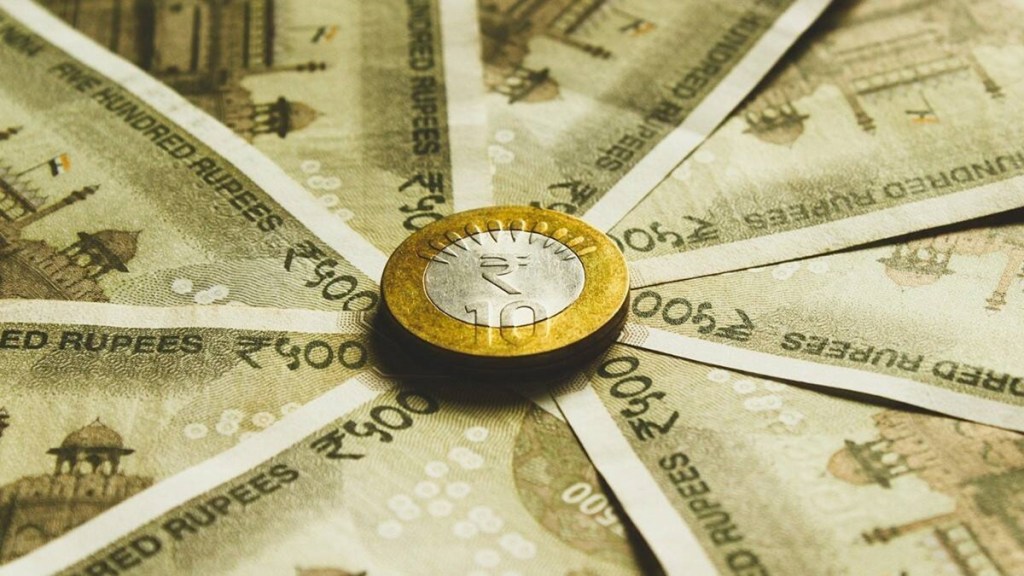Transfer of assorted subsidies and sops to the beneficiaries through the direct benefit transfer (DBT) has reached about Rs 5.5 trillion so far in the current financial year, nearly the same as for the whole of FY21 and just 13% short of the achievement in the whole of FY22.
Given that a lot of dues are cleared in the last month of the year, the DBT transfers are expected to surpass Rs 6.3 trillion achieved in FY22.
Also read: G20 meet makes headway on debt relief
Fertiliser subsidies worth Rs 1.9 trillion have been provided to farmers so far in the current financial year, which was 53% higher than Rs 1.24 trillion in the whole of FY22 as input costs and global prices of fertiliser doubled in a year or so.
Given that over two months are still to go before closure of FY23, the subsidised fertiliser to farmers for the whole of the year would be substantially higher than reported so far. The Centre’s total fertiliser subsidy bill is estimated to be Rs 2.25 trillion for FY23 as against the budget estimate of Rs 1.05 trillion and the actual Rs 1.54 trillion (including dealer and manufacturer) in FY22.
Subsidies worth Rs 1.5 trillion were transferred to beneficiaries via foodgrains under the public distribution system (PDS) so far in FY23. The food DBT through PDS will likely end the year around Rs 2.2 trillion in FY23, the same as in FY22. The elevated food DBT was due to the free grains scheme.
Among other major DBT schemes, the government’s assistance for beneficiaries under Pradhan Mantri Gramin Awas Yojana-Rural (PMAY-R) beneficiaries in FY23 would likely exceed the FY22 achievement of about Rs 40,000 crore. So far in the current fiscal, DBT in PMAY-R has reached Rs 38,638 crore.
Also read: India a trusted trade partner for world, multiple FTAs progressing, says Piyush Goyal
The DBT system has enabled the government to save significantly on its social-sector welfare expenditure through targeted deliveries. The government’s cumulative savings on expenditure, thanks to the DBT till FY21-end, was 2.23 trillion.
The jump in DBT from FY19 onwards could be largely attributed to the increased use of Aadhaar-enabled DBT platforms for in-kind food and fertiliser subsidy distribution. According to an estimate by the Centre, the Aadhaar-enabled DBT platform helped eliminate 41.1 million fake LPG connections, 39.9 million duplicate ration cards and resulted in 10% savings on wages on account of the deletion of non-existent MGNREGS beneficiaries.
